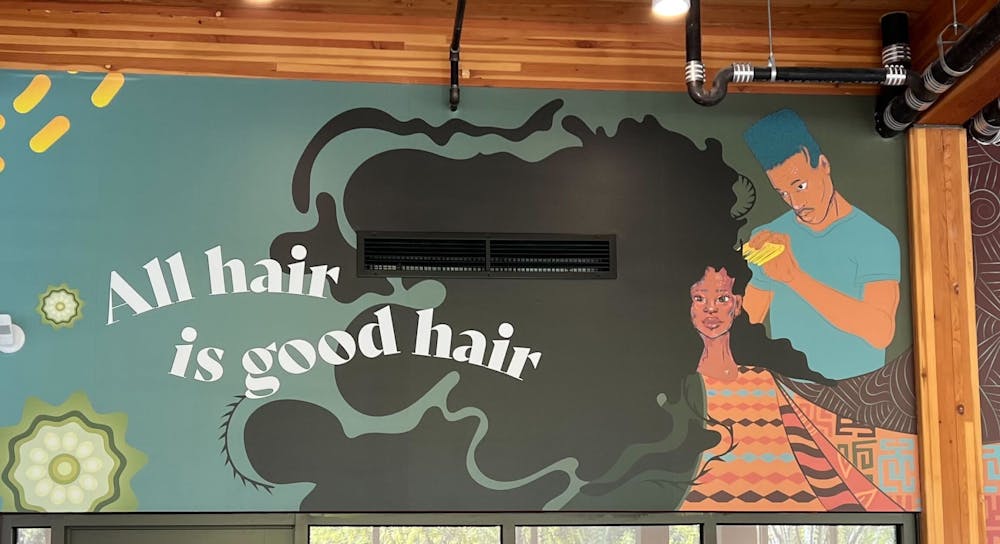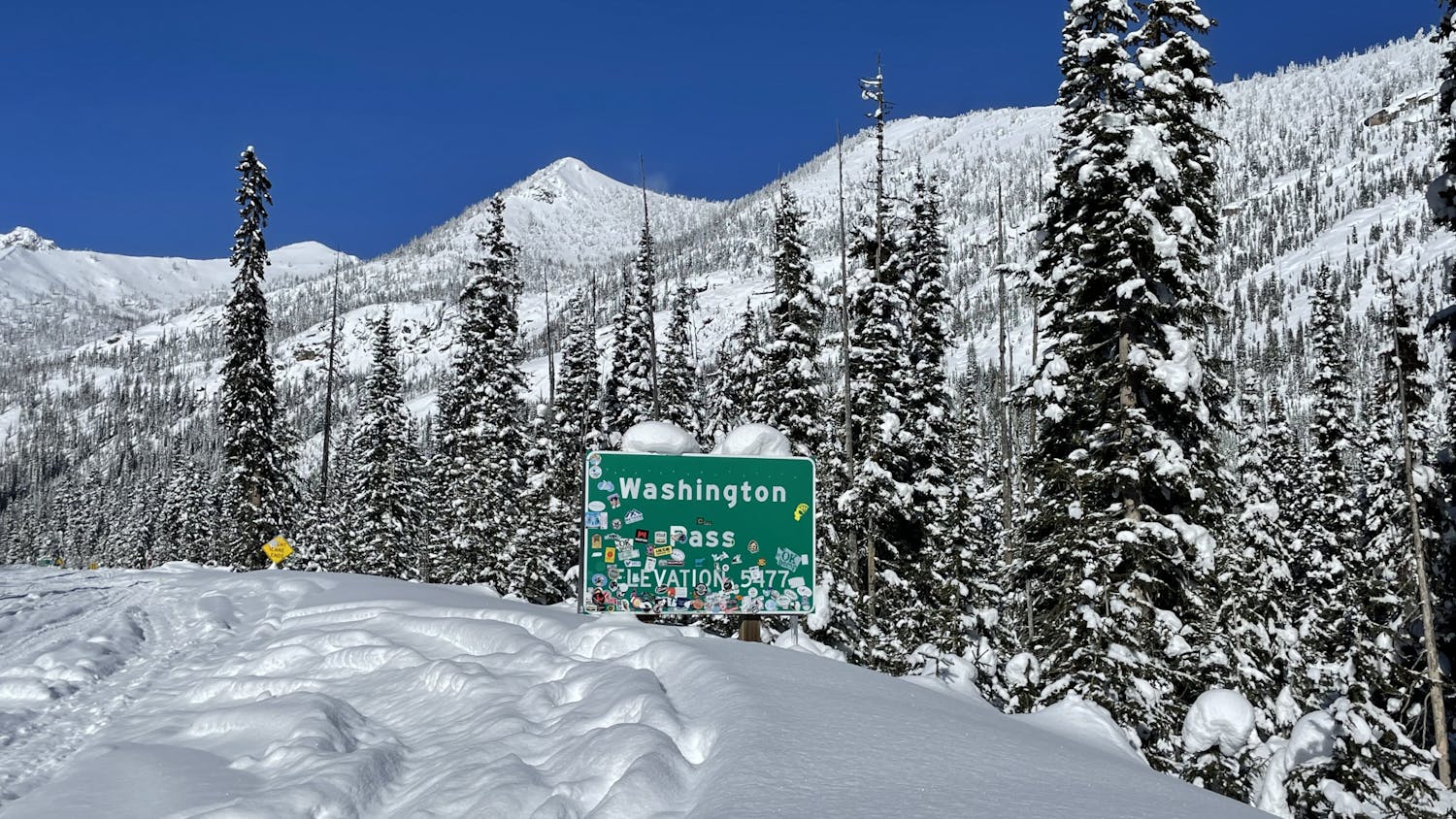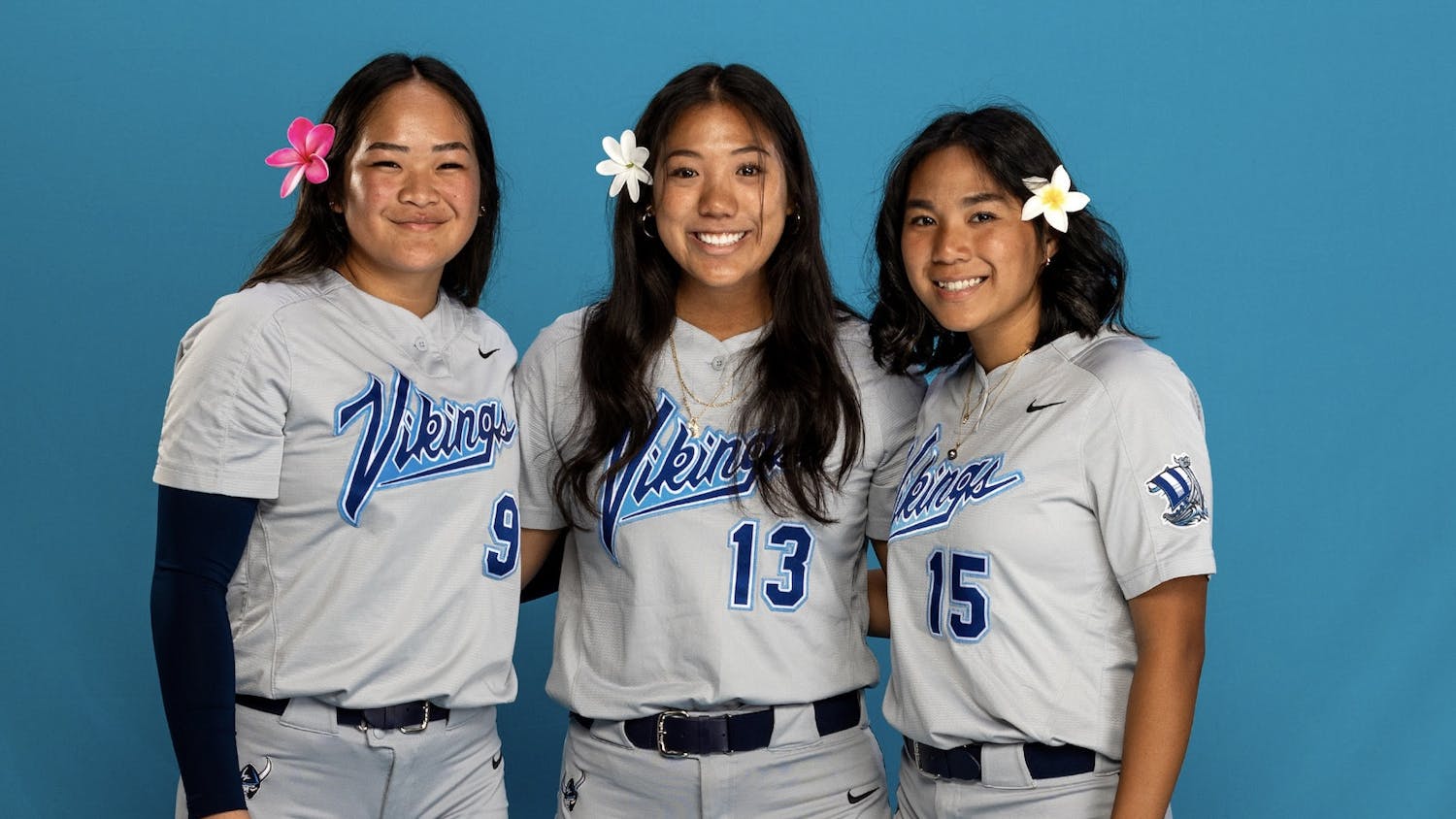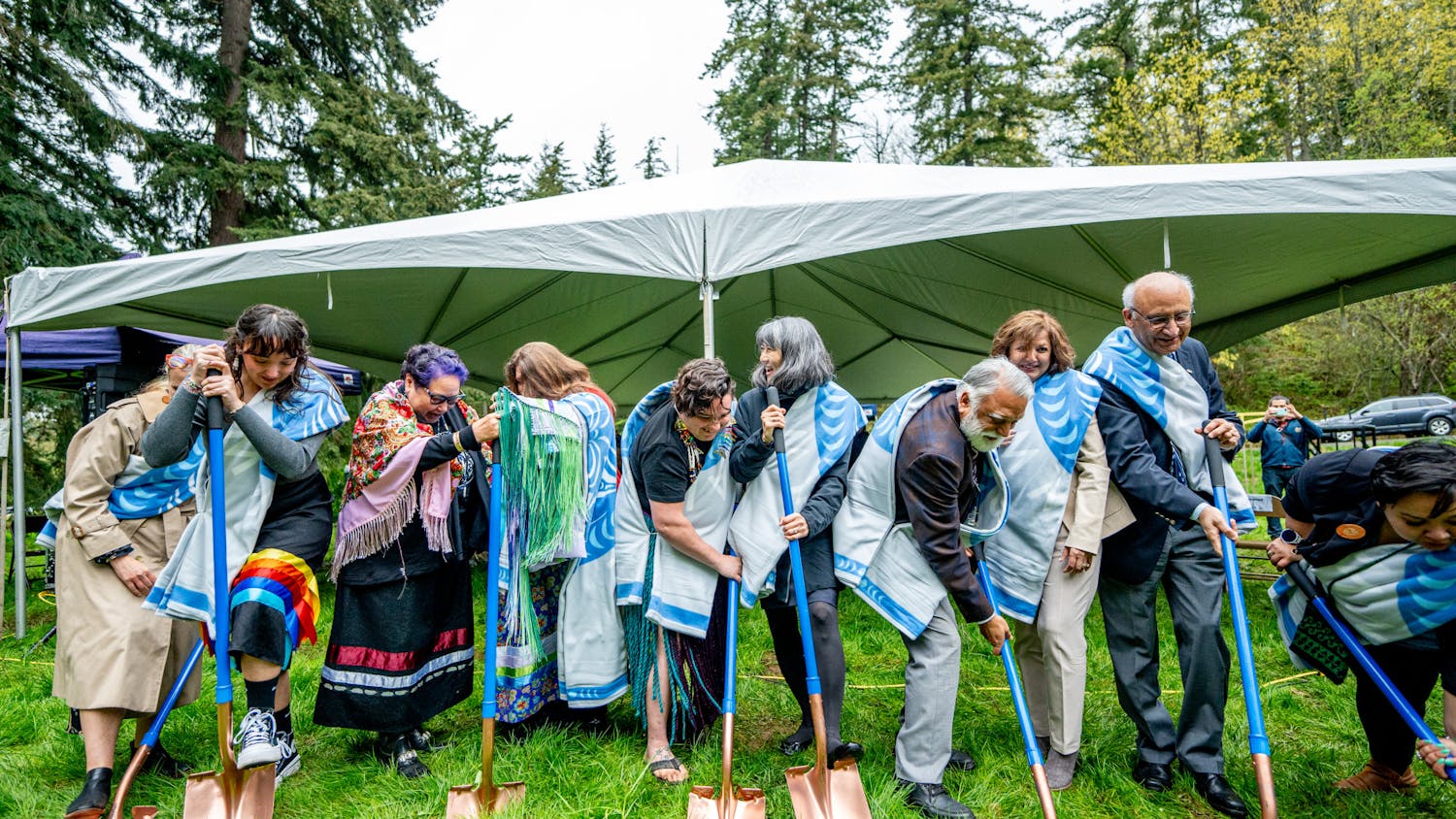Western Washington University has a Black student population of less than 4% as of 2022, according to The Office of Equity. Due to the small Black student population, it's not uncommon for these students to feel alone on campus, but the university is taking steps to change that.
Elijah Semakula is a fourth-year student at Western. Semakula said that growing up he’d been immersed in culture and had gone to schools with very diverse student populations.
“Going from a place that has community in every corner to somewhere where I'm normally the only Black person in the space, in the classroom or even on the bus is really difficult,” Semakula said.
By comparison, Western’s white student population was 68.5% in Fall 2022, making it a predominately white institution.
“People are not conscious of you until you're isolated with them. From that you'll get a lot of insight into how people see you,” Semakula said.
Western has acknowledged that this is an issue for these students and has taken some steps to minimize those feelings.
One of those being the Counseling and Wellness Center (CWC) hiring a Black Student Support Specialist. In doing so, the institution is recognizing that there is significant need for a designated role to serve these students.
“I went to [North Carolina State], a predominately white institution, and so much of that was again that balance of how many people do I need to see that look like me, that can help me to feel comfortable and like I belong,” said Jevon Moore, the Black Student Support Specialist.
Moore says he understands exactly how it feels to have that lack of community, and the difficulty that comes along with that.
“So that's why I've tried to jump into the profession that I'm in now. Just to be able to be a voice, an ear to give some perspective, and give people an opportunity to get some of that off their chest,” Moore said.
According to Black Affinity Housing, students advocated for the space as a means to center Black, Indigenous, people of color. This housing is located in Alma Clark Glass Hall, named after the first Black student to attend Western in 1906.
“If you think about the BSC, because of Black student advocacy, the space was created,” said Nia Gipson, the coordinator of the Black Student Coalition (BSC). “The space did not open until 2021, before then nothing specifically for Black students existed.”
Everything from the way the BSC is designed, to the location itself, came from what students had advocated for, Gipson said. Within the BSC there is a mural, posters and artwork celebrating some of the many facets of Black culture.
In addition to these support programs, there are also multiple BSC clubs and programs dedicated towards creating community within Western’s Black student population. BSC clubs include Black Student Union (BSU), African-Caribbean Club (ACC) and the National Society of Black Engineers (NSBE), as well as a program under LGBTQ+ Western, The Black LGBTQ+ Thriving Collective (BLTC). In joining one of these clubs, or attending their events, students have the opportunity to build relationships with those who have similar experiences or common interests.
Anijah Polo (she/her) is a campus news reporter for The Front this quarter. She is a second year Public Relations-Journalism major with a minor in Psychology. Outside of reporting, she loves buying clothes, listening to music and spending time on Pinterest. You can reach her at anijahpolo.thefront@gmail.com.






